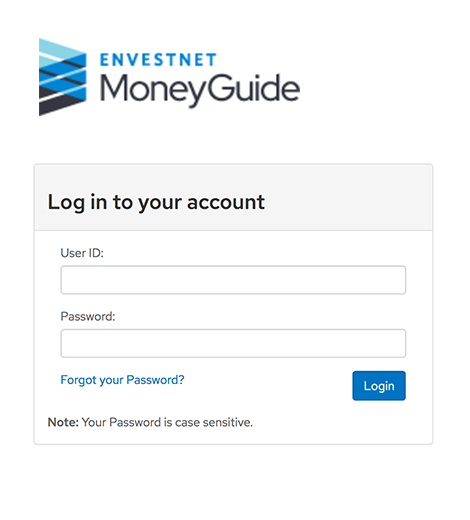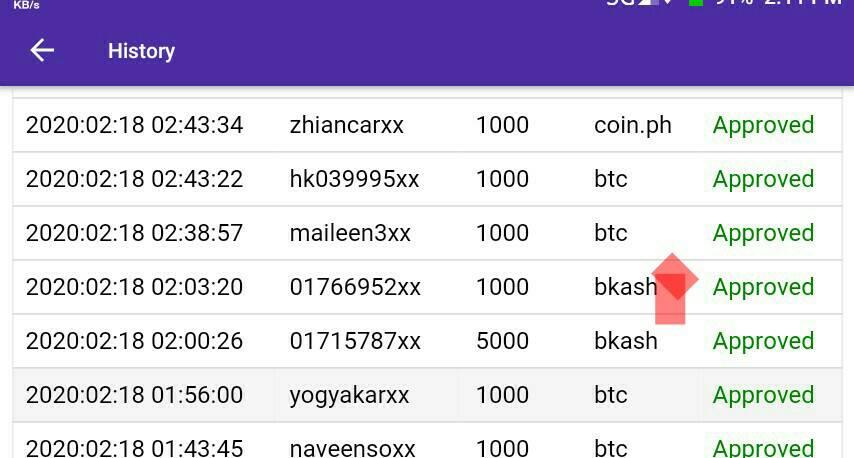

The period of time between one payment and the next. Read running payroll for details of relevant dates within a tax year. The first Income Tax month is 6 April to 5 May inclusive, the second Income Tax month is 6 May to 5 June inclusive, and so on. They start on the sixth of one month and finish on the fifth of the following month. Income Tax months are periods following on from each other in an Income Tax year. The odd day or days at the end of the last complete tax week in the year, (5 April or in leap years, 4 April and 5 April) are treated as a whole tax week, which is tax week 53. The first tax week is 6 April to 12 April inclusive, the second tax week is 13 April to 19 April inclusive, and so on. Tax weeks are periods of 7 days which follow on from each other starting on 6 April each year. For example, the 2022 to 2023 tax year starts on 6 April 2022 and ends on 5 April 2023. Income Tax year (tax year)Ī tax year is a period starting on 6 April in one year and ending on 5 April in the following year. What counts as gross pay for PAYE and National Insurance contributions purposes is defined in more detail in section 5. The amount the employee is due to receive before any deductions are made. contact the Complaints Manager at the office you have been dealing with.If you’re still unhappy or you’d like to deal with someone else, you can: Their phone number will be on any papers they have sent. If you’re unhappy with our service, phone the person or office you have been dealing with to allow us to put things right quickly. If you cannot find the information you need in this guide, more help is available in PAYE guidance and from the Employer helpline. Social Security (Categorisation of Earners) Regulations (Northern Ireland) 1978, as amended.Social Security Administration (Northern Ireland) Act 1992.Social Security Contributions and Benefits (Northern Ireland) Act 1992.In this guidance, references to Department for Work and Pensions ( DWP) should be read as Department for Social Development (DSP).

Social Security (Categorisation of Earners) Regulations 1978, as amendedįor more information, read PAYE guidance or contact the Employer helpline.Social Security (Contributions) Regulations 2001, as amended.Social Security Administration Act 1992.Social Security Contributions and Benefits Act 1992.The operation of PAYE is based on the Income Tax ( PAYE) Regulations 2003 and the payment of National Insurance contributions is based on the: The guidance was last updated in November 2022. At the time of writing, this guidance sets out HMRC’s view on how these legal requirements can be met. There are legal requirements that mean employers must comply with their obligations. In either case, these records must be made available to HMRC on request. It’s important that you keep your records either in paper form or on a computer. HMRC may ask you to produce evidence of how you have worked out PAYE and National Insurance contributions. This guidance gives more detailed information and covers some less common situations. Read PAYE and paying National Insurance contributions for more information about the day-to-day tasks in operation.
#Money guide pro user manual code
About this guideĪll examples in this guide show tax calculated using the tax tables, not the Scottish rate or Welsh rate tables - you must use the Scottish rate tables for an employee with a prefix S code and the Welsh rate tables for an employee with a prefix C code. Guidance for reporting Pay As You Earn ( PAYE) in real time is also available. The following guidance is for all employers. Use the index to find out about a specific subject.


 0 kommentar(er)
0 kommentar(er)
